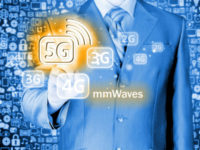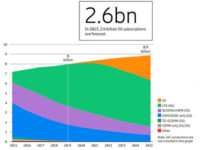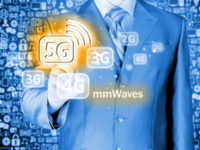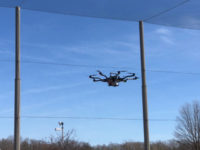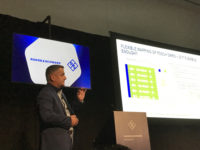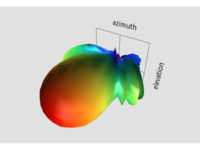Blog Posting
Global regulators at WRC-19 identify mmWave spectrum for 5G services
GSA Welcomes Global Agreement on 5G
Read More
Northeastern University Expeditionary Cyber and Unmanned Aerial System Facility
One of the most advanced wireless evaluation centers in the world!
Read More

